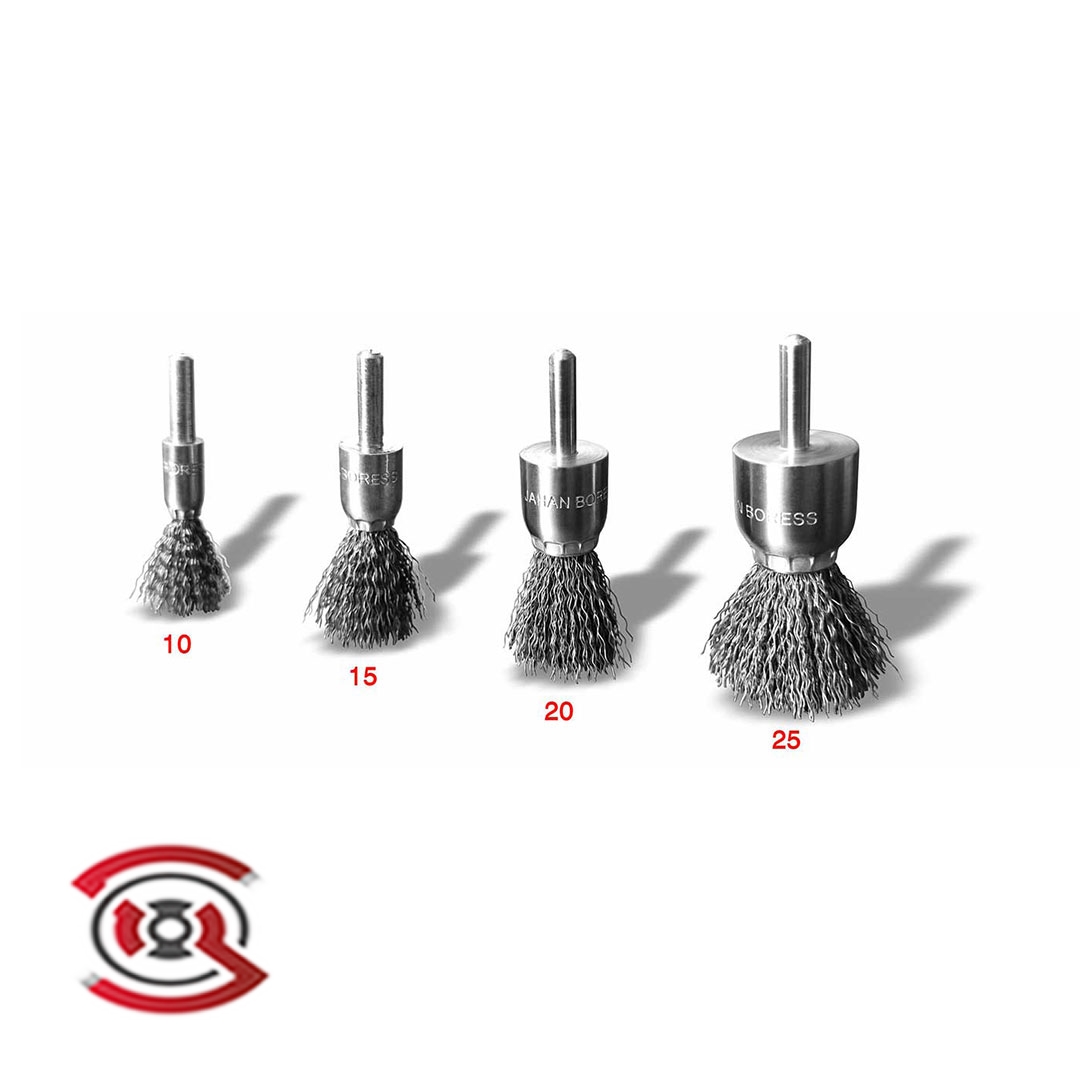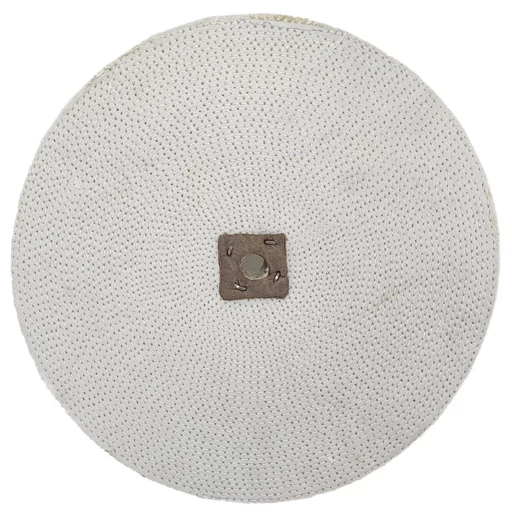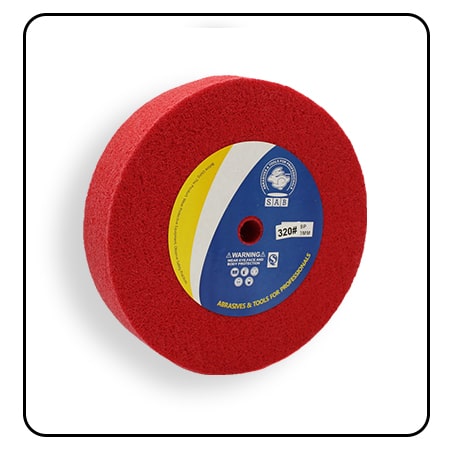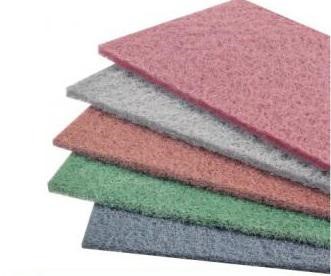
پرداخت کاری فرآیندی است که برای بهبود ظاهر، تمیز کردن و یا آماده سازی سطوح مختلف مواد از جمله فلزات، پلاستیک ها و چوب استفاده می شود. این فرآیند شامل استفاده از انواع ابزار، مواد و تکنیکها است تا سطحی صاف، براق و بدون نقص ایجاد شود. این راهنما یک لیست جامع از لوازم پرداخت کاری را از سطح مبتدی تا حرفه ای پوشش می دهد.
برای شروع کار پرداخت کاری، به ابزارهای اولیه نیاز دارید:

مواد سایش برای از بین بردن مواد اضافی از سطح استفاده می شوند:

ترکیبات پولیش برای ایجاد سطح براق و آینه ای استفاده می شوند:
ابزارهای برقی پرداخت کاری برای سرعت بخشیدن به فرآیند و ایجاد نتایج حرفه ای تر استفاده می شوند:
برای دستیابی به نتایج حرفه ای، تکنیک های پیشرفته را یاد بگیرید:
ایمنی در هنگام پرداخت کاری بسیار مهم است. از تجهیزات ایمنی زیر استفاده کنید:
تمیز نگه داشتن ابزارها و لوازم، عمر مفید آنها را افزایش می دهد و از کارایی آنها اطمینان می دهد:

برخی از مشکلات رایج در پرداخت کاری و نحوه رفع آنها:

با داشتن لیست کاملی از ابزارها و دانش کافی در مورد تکنیکها، میتوانید سطوح مختلف را به بهترین شکل پولیش کرده و ظاهری حرفه ای به آنها ببخشید. به یاد داشته باشید که ایمنی را در اولویت قرار داده و از تجهیزات محافظتی مناسب استفاده کنید.پولیش تهران



